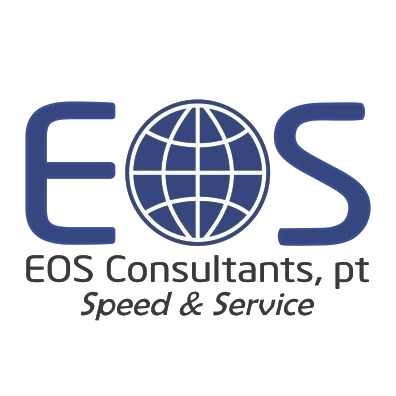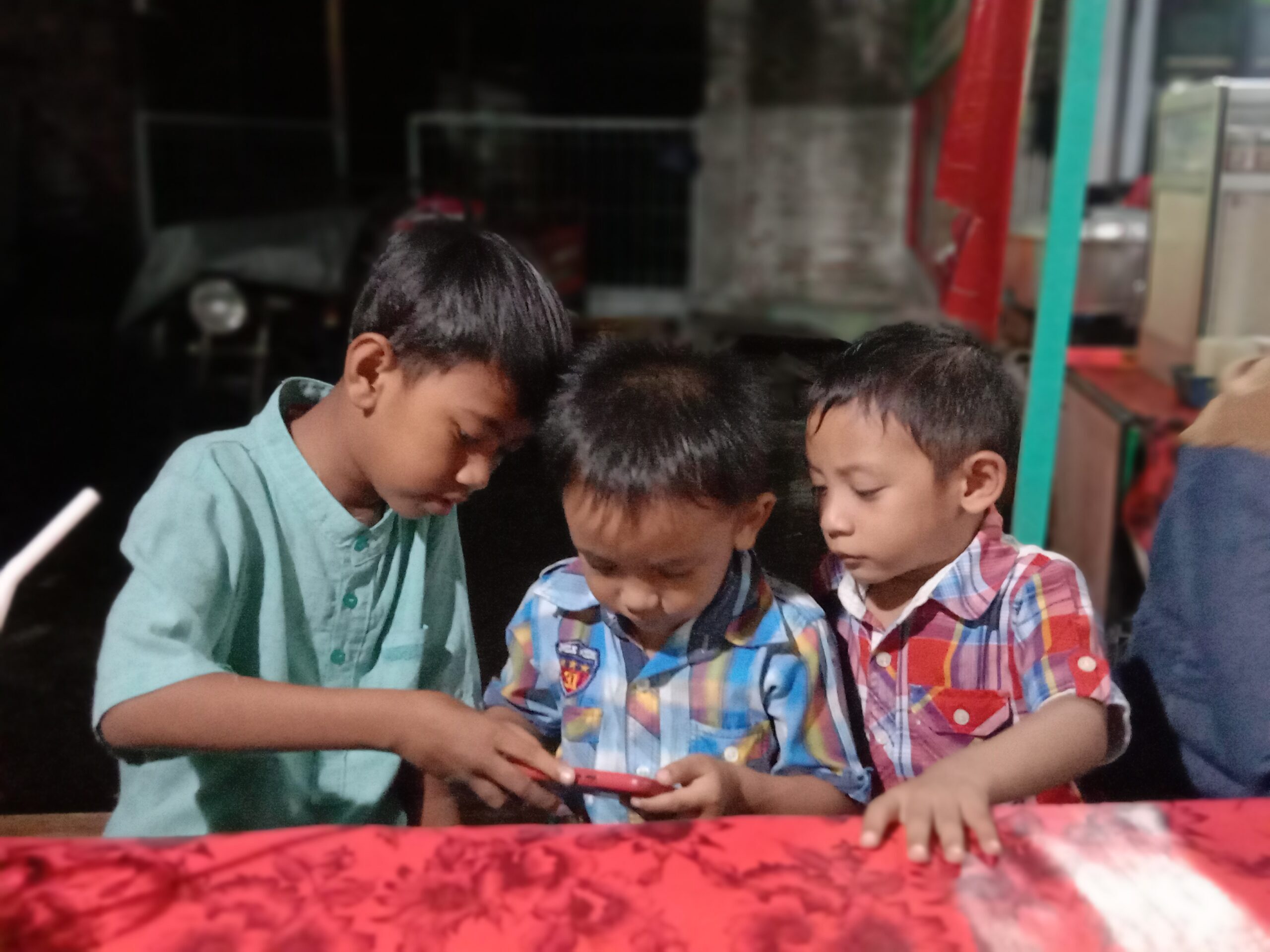Field Report on Journalist Trip Wates Jaya � Pasir Muncang, 29 May 2013
This activity was intended for the following purposes:
- Emphasizing Cisadane River, so it would be a consideration for a better river management;
- Identifying the land use around Cisadane River and its correlation with the decrease in river water quality and biodiversity;
- Identifying the decrease in river water quality and the biodiversity, and its correlation with the children or youths.
Journalist Trip was a part of campaign activities on “Our River Our Life”. It was held by Institute for Forest and Environment (Rimbawan Muda Indonesia/RMI) on Wednesday, 22nd May, 2013, it was coincided with Biodiversity Day. This activity was initiated by RMI together with Yayasan KEHATI (Biodiversity Foundation) and Transformasi Hijau (Green Transformation), supported by several organizations, such as EOS Consultants, pt., Terre des Hommes Germany and partners also communities who focused on the conservation of river and biodiversity. The participants of this activity were journalists or reporters from several mass media, such as DAAI TV, Kompas TV, The Jakarta Post, Radar Bogor, Tempo, etc. A Brief Description of Location of Cisadane Watershed
Geographycally, Cisadane Watershed is located in the coordinate of 1060 28’ 53” – 1060 56’ 42” East Longitude and 60 00’ 14” – 60 47’ 17”. Topographical boundary of Cisadane Watershed:
- South: Gede Mountain, Salak Mountain, Cipocel Mountain and Kendeng Mountain
- West: Panenjoan Mountain, Jambumanis Mountain and Tela Mountain
- East: Ciliwung Watershed and Kali Angke Pesanggrahan Watershed
- North: Java Sea
Cisadane Watershed consists of 16 big rivers; those are:
- Upstream: Ciapus River, Cihideung River, Ciampea River, Ciaruteun River, Cianten River, Citempuhan River, Cisadane Hulu River and Cipinang River
- Middle: Cibeuteung River, Cihowe River, Cijeletreng River, Cisauk River and Cisabi River
- Downstream: Kramat River and Ciasin River
- Visiting the upstream of Cisadane River.
- Identifying the problems (briefing from RMI (Mr. Eman) and from one of the Head of Neighborhood (Ketua RT) in Ciwaluh Subvillage).
- The river water quality was still good.
- The clarity of water was still good.
- There was a local community who carried out a sand and stone mining.
- There was no garbage in this area.
- Most of local communities were farmers but they lost their land-use ownership to Gunung Gede National Park (the problem on the border of land between the area of Gunung Gede National Park and the land that belonged to the community).
- Visiting Mr. Sayuti’s house (one of the Head of Neighborhood (Ketua RT) in Lengkong Girang Subvillage).
- Identifying the problems (briefing from RMI (Mrs. Nana) and from one of the Head of Neighborhood (Ketua RT) in Lengkong Girang Subvillage (Mr. Sayuti).
- Visiting Mr. Solah’s house (one of member of local community organization “Kelompok Tani Bersaudara” in Sungapan Subvillage).
- Identifying the problems (briefing from RMI (Mrs. Tilla), from one of local community organization “Kelompok Tani Bersaudara” in Sungapan Subvillage (Mr. Solah), and from Mr. Mahmud (one of local youth organization “Satria Muda”)
- There was sand mining in Sungapan Subvillage.
- In the past, the sand mining was conducted by local communities in Sungapan Subvillage. But after an accident that occurred in the field and after the communities felt a bad impact due to the sand mining, the local communities agreed to close it.
- Local government gave an approval to a company to conduct the sand mining, so the area of sand mining was re-opened.
- The river water quality in rainy season was so bad due to the high content of sediment in the river (the sand from the mining location flowed to the river).
- There was disturbance to the air quality during the dry season and noise due to the heavy equipment that transport the sand. This bad impact affected the growth and health of children and youth in this area.
- Presentation about: (i) the condition of Cisadane River in the past and� present; (ii) a prediction of Cisadane River condition in the future based on the current condition, current activities around Cisadane River and future activities that maybe occur in Cisadane River; (iii) the bad impact of activities in Cisadane River towards the children and young people from the keynote speakers: Mr. Hendra (the lecturer in Forestry Faculty, IPB), Mr. Norcahyo Waskito (Psycologist) and Mrs. Tilla (RMI);
- Sharing information on the condition of Cisadane River in the upstream, middle area, and the downstream, also on the impact of activities in Cisadane River to the environment, biodiversity, the health and growth of children and young people among the participants;
- Discussion in solving the potential problems or impacts that were occurred in Cisadane River between the participants and the keynote speakers.

